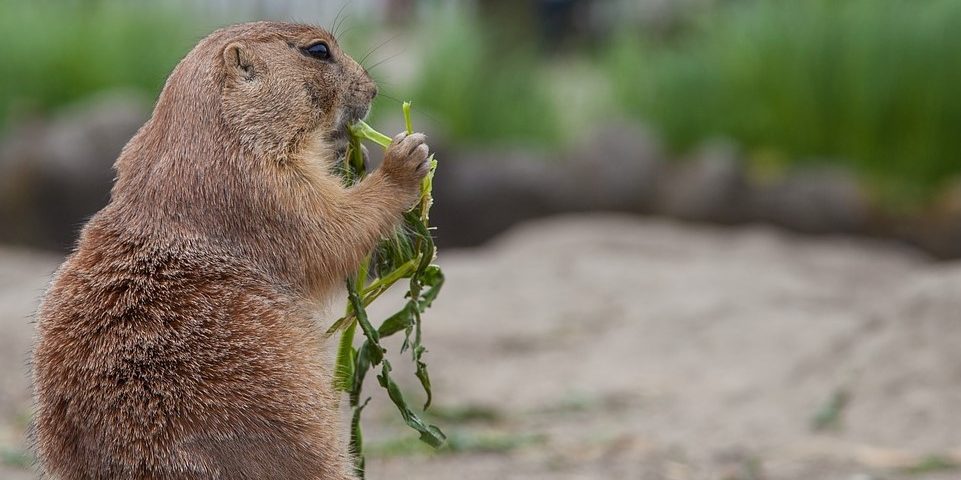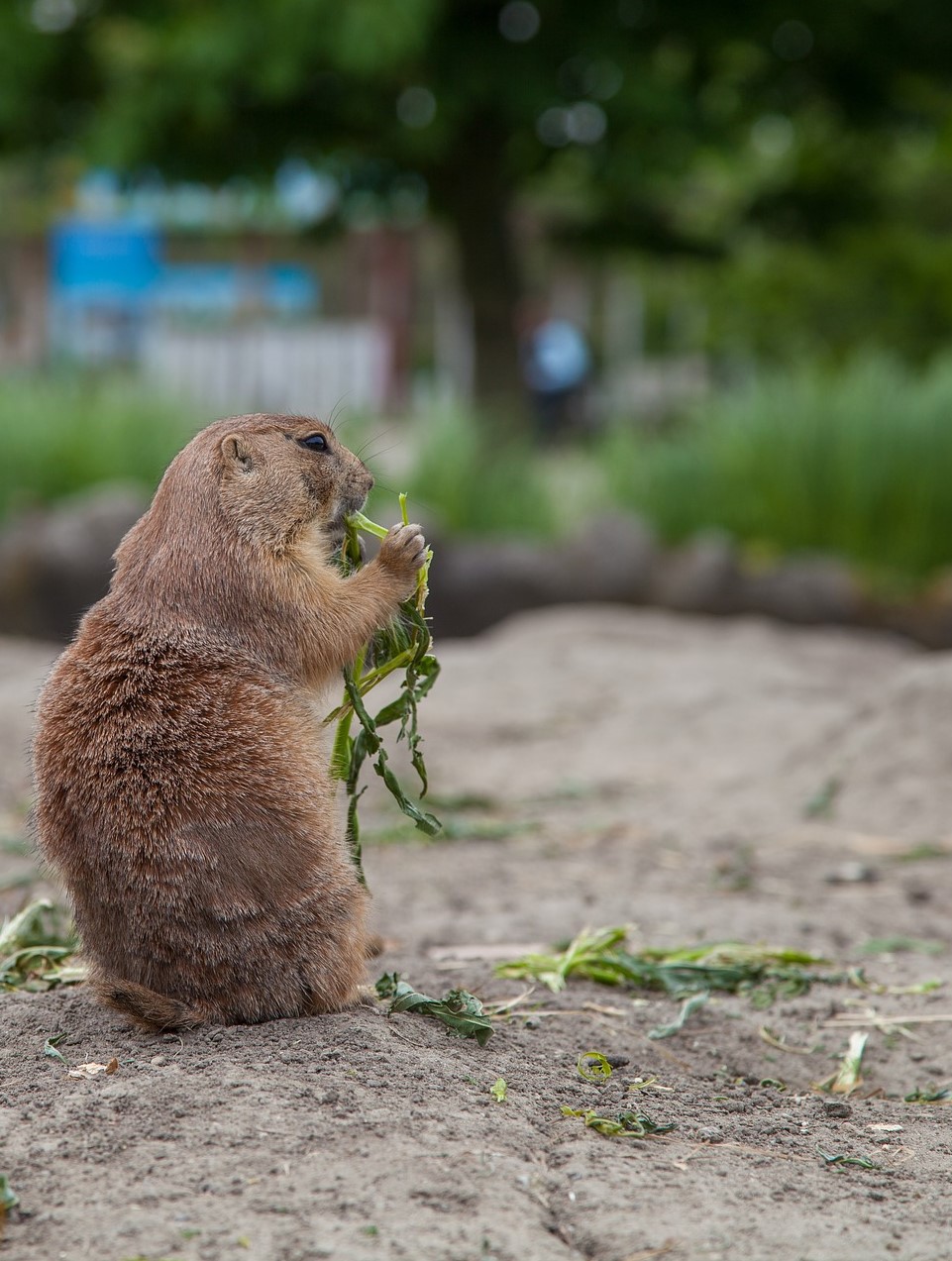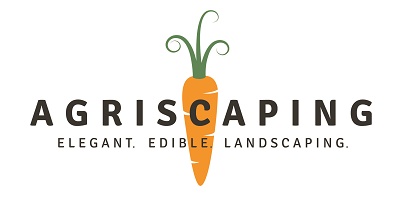Get Your Dirt On!

Get Your Dirt On!
*By Anita Lyon
I have memories of playing endless hours in the Mohave desert sand that surrounded our home in good ole Southern Nevada. My older brother and I built a maze of underground tunnels in the adobe sand that surrounded our small micro-farm. Tunneling was an education we understood after trapping gofers for $1.00 each in our alfalfa field year-round. So you could say we were like a couple of gophers building and tunneling in the cool damp sands of the desert.
Did I just say, cool and damp in the desert? Yep, if you dig down far enough in the hot dry sand of the desert you will find moisture. The moisture-rich sand along with the shady depth of a good hole or tunnel is not only moister but cooler. Who doesn’t crave cooler temperatures in the desert during the summer months of 100 plus degrees of heat? Your plants definitely do.
If you want to create a beautiful cool water-retentive sand into a water-wicking powerhouse for your edible plants in your yard and you are in the mood for digging holes, this is the activity for you! Aside from tunneling and hole digging you can add water-retentive mulches like bark mulches, peat moss, pearlite, seaweed, and so much more. These all aid your dirt in the right amount of water retention and proper drainage for your grow dirt. You don’t want a mud hole you want a grow hole.
A proper balance is important when your adding those mulches and help aids. This also aids in the microbiology critters that help nourish your garden beauties and getting them growing fast. Sure, it will probably invite the friendly gophers to move on in as well but there are ways to help them move out if you need them to.
Don’t hesitate to get your dirt on and start tunneling and digging holes. You may be at the age where tunneling is more for the young folks and the gophers. Hole digging may still be an option. So get your dirt on and start digging and planting.
To learn more about the ins and outs of composting and soil building you will want to join our webinar on March 18th at 6:00 pm MST. Register now!
To find out what webinars or live classes are available click here!
* You can find out more about Anita Lyon at nutriagi.agriscaping.com .

